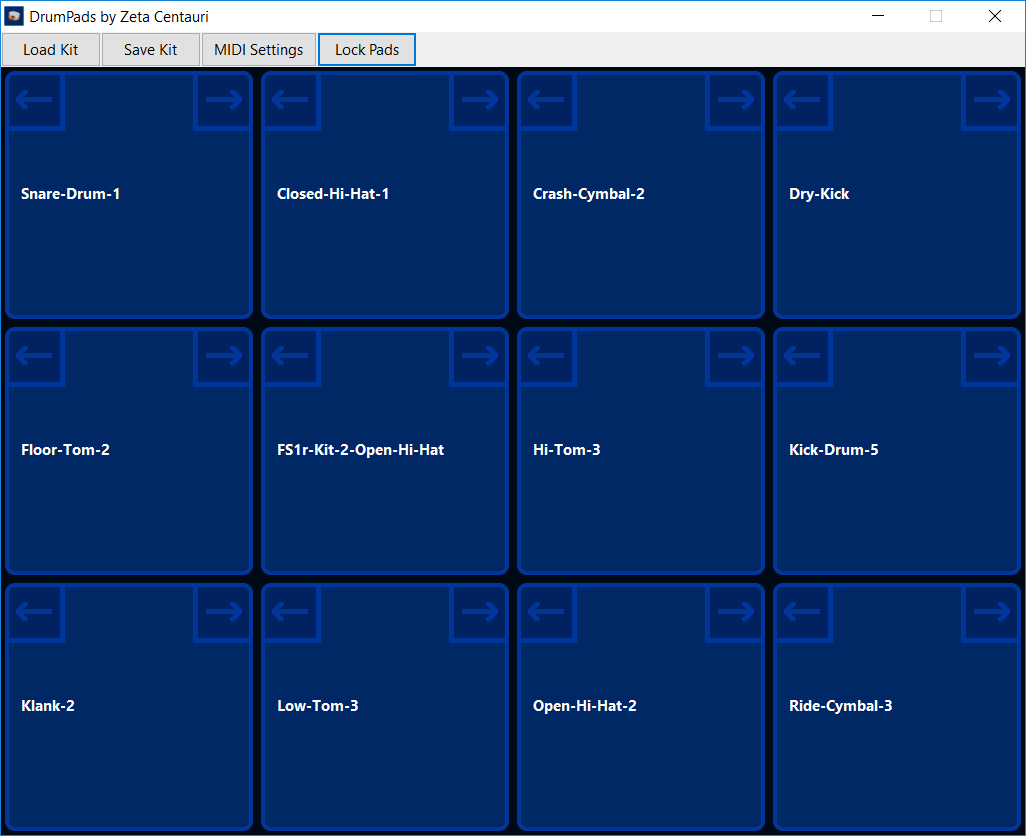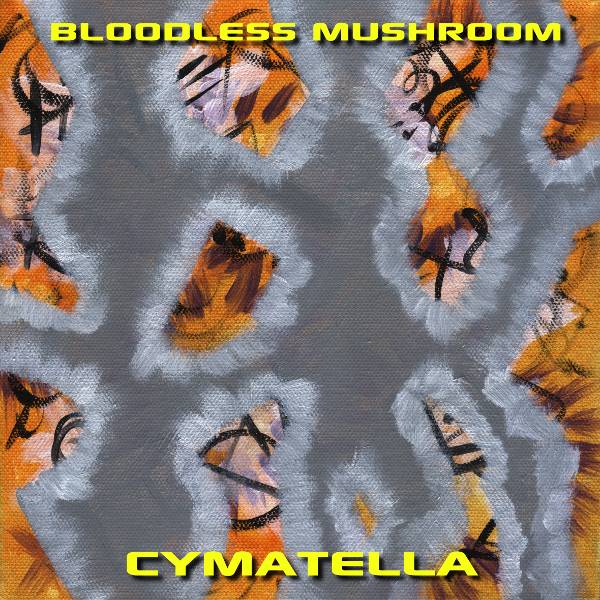I’m working on a new musical solo project, pretty unlike Bloodless Mushroom (my long-running experimental instrumental electronic music project that you probably know about by now).
The whole point of this is to have something to perform live at open mic nights. I love playing, but I also love going to them to see the other performers. This will give me an excuse to do both. There’s also something on my bucket list — play in two different bands in the same show (and a solo act counts). And hey, Emergency Brunch definitely plays open mic shows.
There’s a problem. Not that I can’t sing – that can be cured with practice and lessons and effort. If that doesn’t work I can do spoken word, chanting, yodeling, or farm noises.
No, the problem is that I don’t really know whether I have anything worth saying. Sure, I have plenty of opinions and things I care deeply about, but does the world need to hear about them? Or should I just leave them inside my head? Does anyone actually want to hear about Spanish cheese and punching fascists and how much Google sucks?
The last time I even wrote a song with lyrics was about 23 years ago, and that was some not-very-good comedy-punk that I never recorded (the band name was Dead Cement). Or 17 years ago if you count drunken NWO jam session improv.
The name Bloodless Mushroom originated with the word “bloodless”, and I chose that as a word that reflected my watery spine toward the idea of writing and performing music with words (before that I played grunge-punk as “Navy Blue Fred”, based on a Flintstones t-shirt I used to own).
I had a good reason for dodging words altogether. Most of the songs I grew up listening to were dreadfully stupid, with the most common words being “ooh” and “baby”. The last thing the world needed was another dumb rock bombast-bro talking about his dick.
So here’s where I try the thing. I’m new. And a bit scared. And may fail. And don’t know what will come of it. But it’s time.
I know I’ll be my harshest critic, and don’t know if anything will make it past my “this sucks” filter, but I hope it does. And one of the nice things about open mic shows is that they’re a good place to try and refine new things, discarding the ones that don’t work. Even when they’re strangers, it’s normally a friendly and supportive audience, and that helps.
If you see a new Bloodless Mushroom album it doesn’t mean I’ve given up. There are three finished albums in the publishing pipeline right now, with one releasing Thursday.


